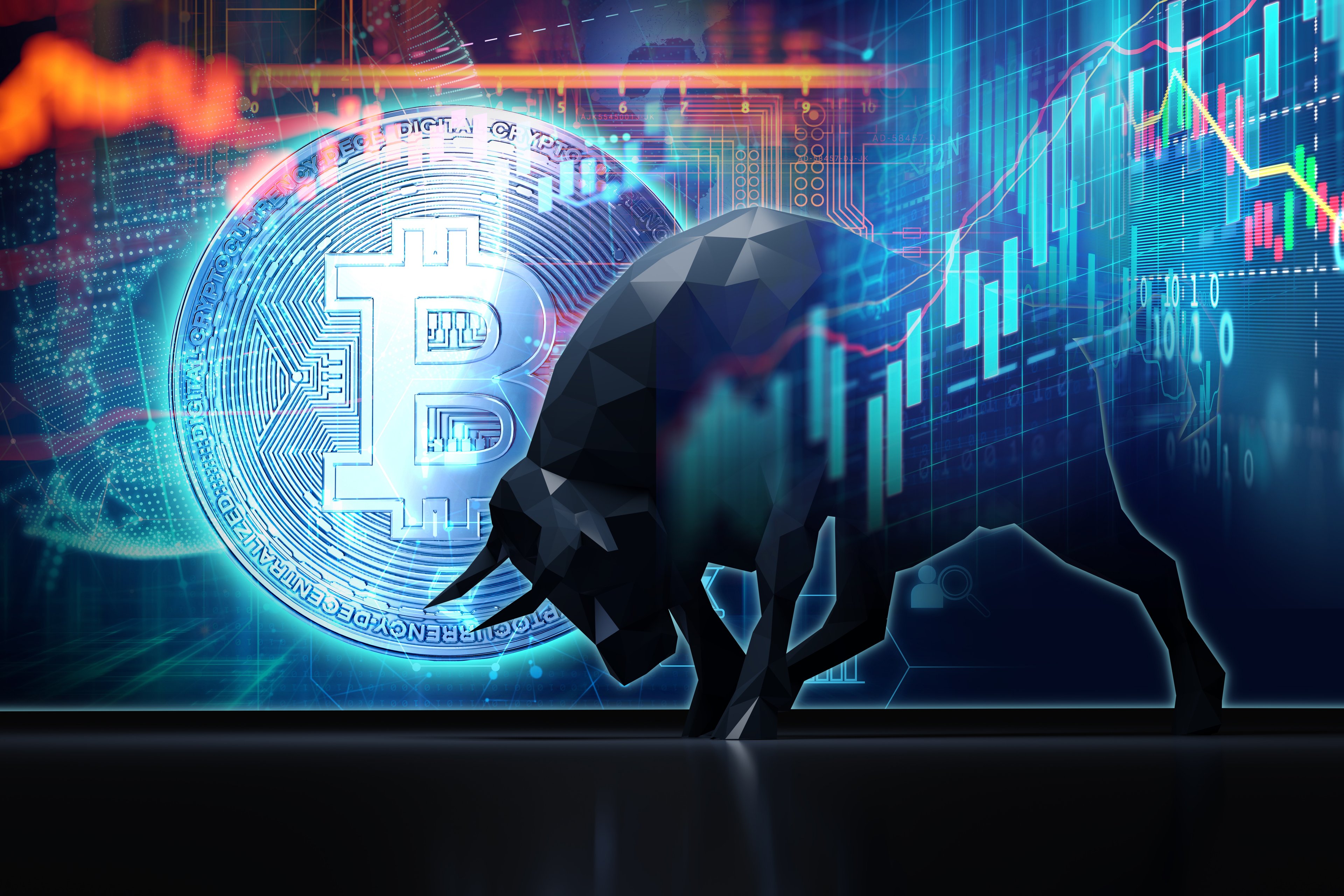Since Donald Trump's presidential election win in early November, XRP (XRP 1.70%), the third-largest cryptocurrency by market cap, has rocketed more than 400% higher, making it one of the best-performing cryptocurrencies in that time period.
The big reason for the move is a change in leadership at the Securities and Exchange Commission (SEC), prompting the agency to drop or settle a number of high-profile crypto lawsuits including one against the company Ripple, the company behind XRP. That had been a major overhang on XRP. With the path now clear, what's next for XRP? Where will the cryptocurrency be in five years?
Lofty expectations
Despite XRP's monstrous performance in less than a year, many investors, analysts, and stakeholders think the sky is the limit. The big use case for XRP is its potential ability to disrupt international payments. That's because XRP is highly scalable in that it can process as many as 1,500 transactions per second.

Image source: Getty Images.
Ripple Chief Executive Officer Brad Garlinghouse believes this capacity will eventually lead the token and network to take international payments market share. Specifically, Garlinghouse has said that the legacy SWIFT (Society of Worldwide Interbank Financial Telecommunication) system has a high error rate of 6%.
Garlinghouse has even gone as far to claim that XRP could steal 14% of SWIFT's volume. However, SWIFT is largely a messaging system that financial institutions use to send payment instructions. Garlinghouse said Ripple is more interested in changing the way money is transmitted. Ripple operates cross-border payments technology that relies on XRP to conduct international payment transfers. Garlinghouse said that Ripple's system removes the need to pre-fund accounts, which in turn lowers regulatory capital requirements for traditional banks and leads to less expensive and more efficient transactions.
Garlinghouse has also said that more than 100 banks using SWIFT are on the RippleNet platform, and the company continues to try to bridge the gap between crypto and mainstream finance with acquisitions like the prime broker Hidden Road.
Garlinghouse isn't the only one excited about crypto. Standard Chartered crypto analyst Geoff Kendrick is also bullish on XRP, primarily because of its ability to make payments more efficient, the eventual launch of spot-XRP exchange-traded funds, and further adoption of Ripple's stablecoin, RLUSD, which XRP serves as a bridge token to. Kendrick thinks XRP could hit more than $12 by the year 2029, quadrupling from recent prices of about $3.
Where will XRP (Ripple) actually be in five years?
Making price predictions for cryptocurrencies is extremely difficult to do, in my opinion, because the sector is still new and it's difficult to value cryptocurrencies like traditional stocks, given that they don't generate cash flows or earnings. So far, the best way to approach it has been to look for cryptocurrencies and blockchain networks with real-world utility.
XRP certainly seems to have this. But perhaps the biggest thing the cryptocurrency has is Ripple and the network the company is building, as well as the bridge between crypto and mainstream finance. While XRP is strong from a technical perspective, other networks like Solana have potential to process many more transactions per second, so Ripple's ability to keep progressing and scaling is key for XRP.
In five years, I could see XRP and Ripple participating in and taking share of international payments, which should create demand for XRP specifically, and drive the price higher. That said, because we are still in a somewhat novel sector and there's no guarantee that Ripple executes, I still see XRP as a very speculative investment.









